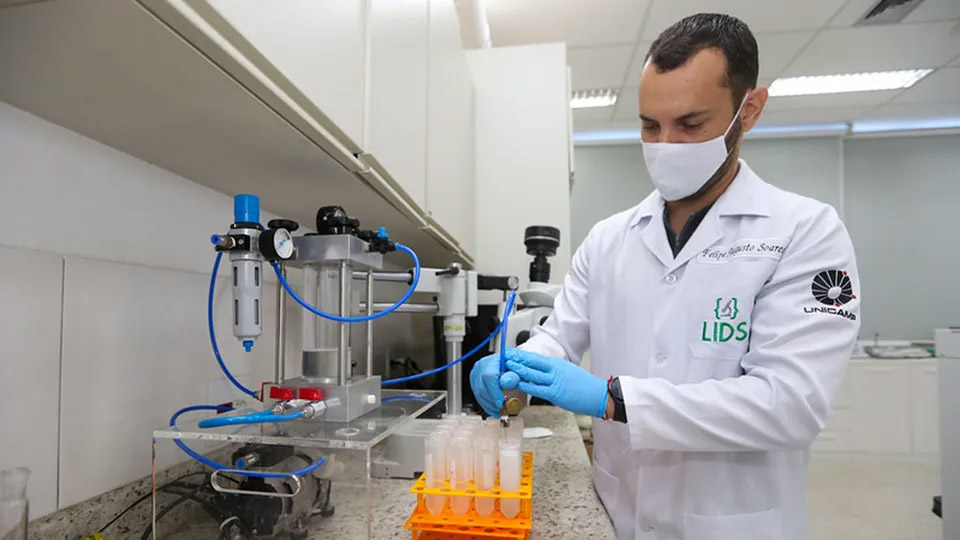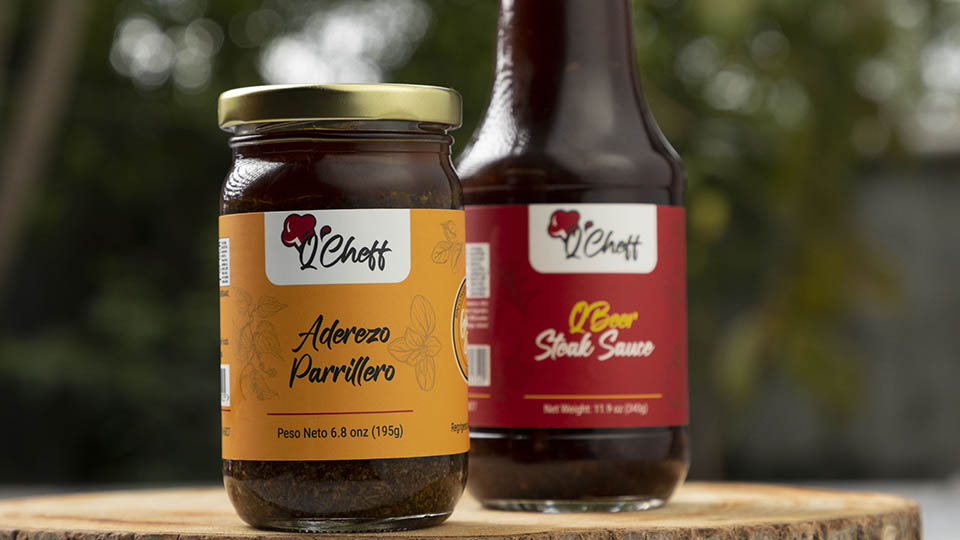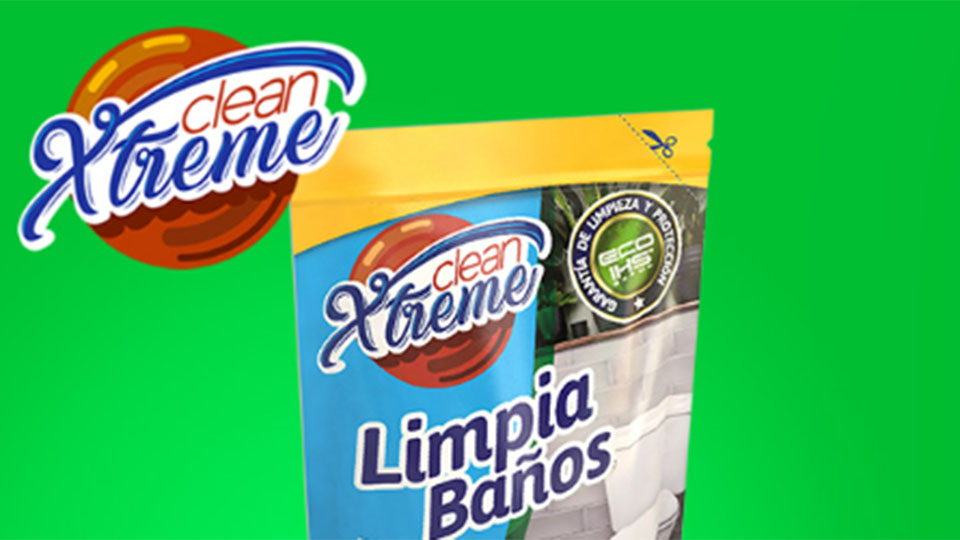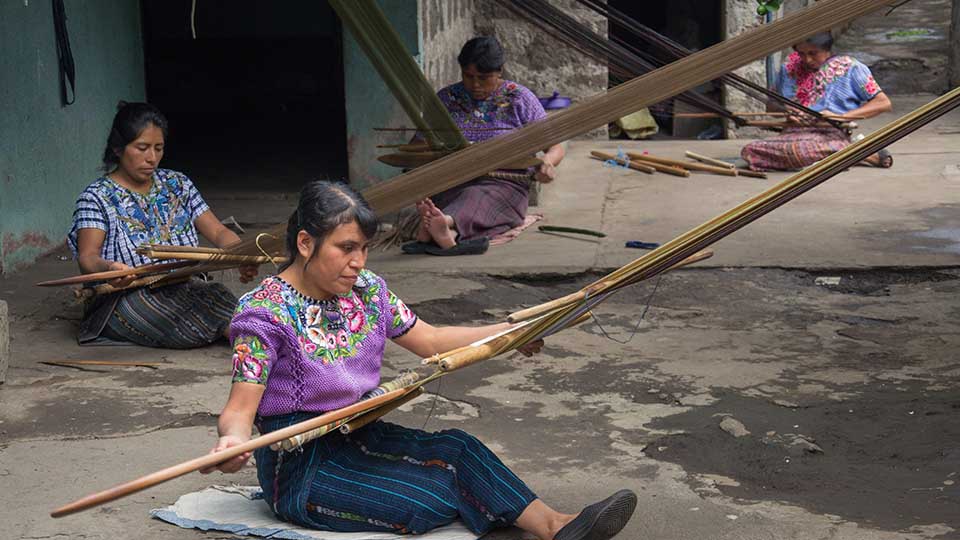Background
Formed in Berlin, Germany, in 1992 by current General Manager and Technical Director Frank Kniep, Somatex® Medical Technologies GmbH (Somatex) specializes in the development, manufacturing and sale of innovative, minimally invasive and high quality disposable instruments for tumor ablation (destroying a tumor without actually removing it), vertebroplasty (pain relief for osteoporotic fractures), tumor biopsy, oncology (tumor treatment), mammography and pregnancy related procedures. Somatex’s innovative products are particularly used in interventional radiology, a field in which minimally invasive operations are performed using image guidance from technologies such as magnetic resonance imaging (MRI), which allow doctors to see pictures of the internal structure of the body.
Working under the philosophy of “Permanent Product Innovation,” Somatex not only develops and manufactures standard medical diagnostic and therapeutic products, but also works in close cooperation with physicians, hospitals and university clinics to innovate special interventional radiology methods and products that are based on the precise needs of physicians. Since 2006, Somatex has intensified its activities in the development of new procedures and instruments used to treat painful bone fractures in the vertebrate caused by osteoporosis.
In 2002, Somatex moved into new business premises in Teltow near Berlin to resolve the shortage of space and improve the working conditions for the development, sales and administration departments. This new location provides an excellent infrastructure and gives Somatex close proximity to the capital, research institutions and hospitals.
Research and Development

PCT/EP2003/012888, PATENTSCOPE® search)
Somatex believes that its commitment to developing new products and innovative climate are the key success factors of the company. Though it has a special research and development (R&D) department, this department does not have the exclusive privilege of generating ideas. Rather, Somatex management fosters and rewards the cultivation of innovative ideas by all staff. The R&D department represents approximately twenty percent of Somatex’s staff of thirty and is made up of experts in their respective fields. The R&D management team maintains direct contact with customers and is constantly observing the market to find new R&D opportunities. Product managers also give important impulses for new product developments and improvements.
Somatex’s first major innovation was developing, patenting and manufacturing the first puncture and biopsy needles in 1993. While enjoying this initial success throughout the early 1990s, Somatex also kept a close eye on the increasing importance of techniques using MRI technologies, which were mature enough so that operations or therapies could be carried out using them. Somatex recognized that to successfully utilize these new technologies, new instruments and related products were required. Recognizing vast potential, Somatex developed its first MRI compatible products in 1995, which became a milestone and jumpstarted the growth of the young company.
Two more successful products followed, allowing Somatex to continue to build on its past successes. The first is its cement injections system (CIS®), which is used to anchor artificial joints. The second is its Tumark® product, which enables precise tissue marking (e.g. for marking the regions where radiation treatment should be targeted) in a gentle way with minimum invasion. Both products have been internationally successful.
Patent Information
To find international prior art and technical or technological solutions already protected by patents, searches are performed in free publicly accessible patent databases of the European Patent Office (EPO) and DPMA (esp@cenet/ DEPATISnet) at the beginning of a new development project. Searches are conducted by Somatex staff involved in the particular research project that will require intellectual property (IP) protection. By doing that it is possible to avoid infringement of the rights of competitors and making bad investments.
IP Management
Aware of the importance of IP management, Somatex adheres to the principle of filing a patent application before starting to promote a new product. However, Somatex believes that not all technical innovations must be patented. Depending on the market opportunities and risks associated with new developments, each individual case is assessed on whether it is more profitable to maintain confidentiality and enter into secrecy agreements or to file a national/international patent application.
For those innovations that Somatex does seek IP protection for, most of it is at the national level. However, Somatex believes that patent applications are indispensable for its new internationally marketed products. Dirk Hornscheidt, R&D Manager, says that "It makes sense economically to protect the right ideas in strategically important countries; it needs a special skill to recognize what is right and important."
Somatex believes that success ultimately depends on how well it can defend and strengthen its market position by creating leading edge technology. This can only be achieved through effectively protecting newly developed products, which then give rise to the following questions: What profits may be expected from the new development? Does the product fit into the product portfolio of the company? Is it worth patenting?
As a rule, management invites researchers and developers to participate in the decision-making process on how to most effectively protect a new development. Mr. Hornscheidt is also involved in the majority of the protected inventions of the company as co-inventor. He points out that the company follows a step-by-step procedure on how to deal with a patentable invention.
Somatex first called in external consultants who provided important advice on industrial property issues which was gradually implemented and led to a clear improvement in effectiveness of IP work. The advice ranged from the goal-oriented choice of a patent law firm, the instrument of qualitative patent evaluation to cost-savings oriented outsourcing of administrative tasks, such as fee payments, to a specialized agency. The instrument of qualitative patent evaluation is applied as a basis for strategic decisions on whether an application is worth filing, what IP rights should be maintained and what licenses should be granted or obtained.
If patent protection is sought for an invention, Somatex always first files a national application at the German Patent and Trademark Office (DPMA). Before a decision is made on a cost-intensive international patent application, the company will consult the chosen patent law firm and, in individual cases, also commission external consultants to conduct a cost-benefit analysis. This measure is taken to evaluate research results objectively in order to avoid an overestimation or institutional myopia.
The countries for international patent applications are carefully chosen, making sure to cover in particular those states in which manufacturing bases are located. The member states of the European Union and the United States are very important in this context. In the first few years, the costs of international patent applications were underestimated and too many applications were initially filed in too many countries.
Somatex has a set budget for filing IP-related applications and for intellectual property rights (IPRs) administration. Depending on the strategic decisions of the management, it will add further funds, if necessary.
Costs do not play a decisive role in the choice of the patent law firm, but a good price/performance ratio is important. The high quality of the application documents, expert guidance and qualified advice provided on all questions of industrial property protection are determining criteria here. Cheap but poorly drafted, misleading or even incorrect patent claims can lead to an incalculable economic risk for the company.
The patent law firm that best suits the needs of the company is chosen through an open tender procedure following the advice of an external consultant. Somatex then makes recommendations to the law firm regarding how it wants to achieve its IPR goals. This procedure has proven effective, allowing Somatex to establish a successful, pragmatic and result-oriented cooperation with the chosen patent law firm.
For financial reasons, administrative services such as monitoring time limits and managing timely payments are handled by an agency and not by the patent law firm. This has helped to reduce costs for managing registered IPRs without quality compromise.

application PCT/EP2005/052935, PATENTSCOPE®
search)
Patents and Trademarks
Somatex has many patented inventions, with over fifty registered nationally. It first applies for protection with DPMA and then files Patent Cooperation Treat (PCT) applications and European Patent Office (EPO) applications. Direct EPO and PCT applications are done to ensure fast international protection. Somatex has also filed seven patent applications with the United States Patent and Trademark Office (USPTO).
Somatex has fourteen national trademarks registered at DPMA, thirteen of which protect product names. The “Somatex” name was registered as a trademark at the national level. Three of its trademarks (one for its company name and one each for the CIS and Tumark product names) are also protected internationally through the Madrid System. In addition, Somatex filed a trademark application in 1997 with the USPTO for its name and logo.
Trade Secrets and Licensing
Before a product is introduced to the market, Somatex works with its research staff and external consultants to determine if secrecy agreements with customers are necessary. If so, such agreements are entered into. If not, Somatex pursues IP protection through trademarks and patents.
Somatex is open-minded as to granting licenses, licensing from others or entering cross-licensing agreements and takes a pragmatic approach to decisions in this regard. The major factor it takes into consideration when making decisions is whether the measure will contribute to ensuring long-term business success.
IP Enforcement
Patent disputes before the courts must be prepared very thoroughly due to the high cost risk. Therefore a sober assessment of the chances of success and financial resources available for a legal dispute must be made in advance. Taking this into consideration and in cooperation with its legal counsel, Somatex has been able to successfully solve legal disputes and problems regarding the defense of its registered national and international trademarks. Somatex consistently uses the “®” symbol for registered marks on all products to clearly refer to the trademark rights of the company.
Partnerships
As a continually growing company, Somatex focuses on sales partnerships for its products at the national and international level. At the international level, Somatex cooperates with established specialist suppliers, thus using existing expertise and distribution channels. Its products are presently available in some forty countries, including European countries, Japan and African countries . In early 2007, Somatex concluded agreements with two new distributors in Brazil and the Republic of Korea. Since then it has also intensified efforts to open up large potential markets in China, India and the United States.
Somatex also has a significant original equipment manufacturer (OEM) division. Opened in 2005, this division cooperates with other manufacturers and distributors providing both its technological know-how and its manufacturing capabilities to OEM partners, from the initial idea to the finished product. The OEM division of Somatex provides its OEM partners with finished products and sub-components as well as innovative solutions and sustainable process service. Typical products that Somatex provides to its OEM partners are marking wires and marking clips (used to mark the focus area of a minimally invasive procedure such as radiation treatment), minimally invasive access systems and MRI compatible materials.
In addition to these partnerships, Somatex works with external consultants on issues of strategic importance, such as new R&D projects or IP protection and/or enforcement decisions. This contributes to an objective assessment of strategic decisions and new product ideas. Somatex’s investment is returned by achieving a greater level of certainty in the decision-making process.
Business Results
Through continual innovation and ensuring IP protection for its major domestic and international products, Somatex has been able to continuously innovate and expand its business. In 2006, Somatex’s net income before taxes increased by 66.9%. Its international products have played a pivotal role in its expansion, with international exports amounting to nearly 50% of its turnover in 2009. Though the market for disposable medical equipment is dominated by large international corporations, Somatex’s strategy has proven that a small and medium enterprise (SME) can be successful through innovation and IP protection.
Somatex’s successes have been recognized throughout its history, some of which include: an award from the Potsdam Chamber of Commerce and Industry in October 2004 for its unique CIS product; a Top 100 Award for being one of the 100 most innovative enterprises in Germany in 2005; and an award from the German Chamber of Commerce for its innovative DUO-System PREMIUM product for marking where incisions will be in mammography procedures.
Ensuring Quality and Innovation
Starting in the utility room of a closed down restaurant, Somatex has gone from an unknown newcomer to a world leading SME. Continuous extension of business segments and IP protection has allowed the company to grow systematically and hire new talent to continue innovating new products. Operating in the niche market of disposable medical equipment, continual innovation has ensured the high quality of Somatex’s products. Maintaining legal certainty of its products through IP protection has helped to establish Somatex as a major player in its trade, raising its profile and differentiating it from its competitors.



